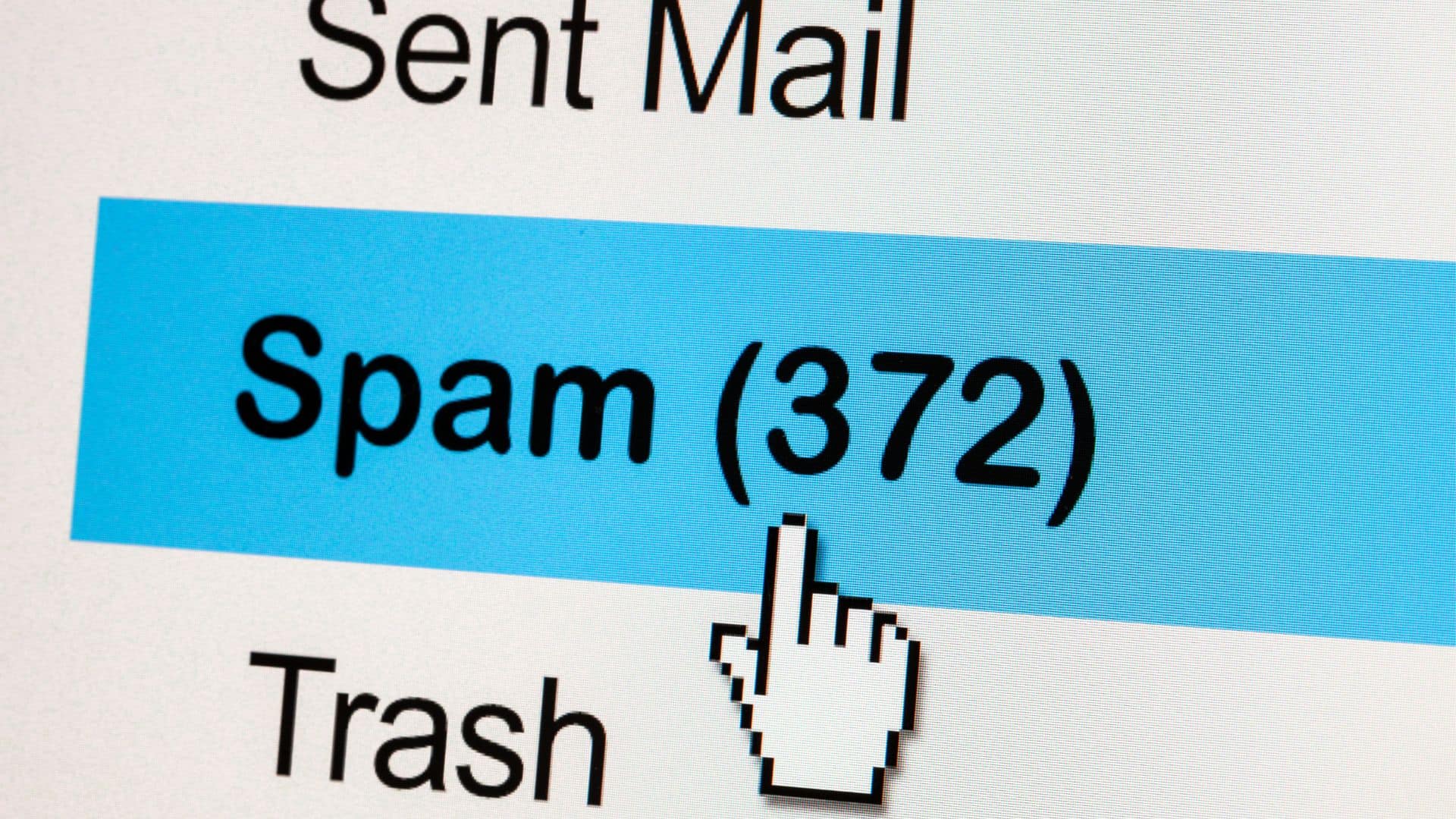An email marketing campaign is an excellent tool for promoting a new service or product line. However, this can only happen if subscribers open the email and trust it enough to click through to your site. Too often, a lack of trust or efficient spam filters block emails and send them to spam folders.
So what do you need to know when learning how to send mass emails without going to spam? Here are 10 tips to re-evaluate how you create and send emails for better results.
- 1) Clean up Your Email List
- 2) Ensure a Clear “From” Address
- 3) Employing a Double Opt-in System
- 4) Add an Option to Unsubscribe
- 5) Create a Strong, Unambiguous Subject Line
- 6) Don’t Send Any Attachments
- 7) The Ratio of Images to Text
- 8)The Quality of The Written Text
- 9) Run a Spam Check
- 10) Evaluate Metrics to Spot Issues
- Regular Efforts Can Stop Mass Emails Ending Up In Spam Folders
1) Clean up Your Email List
The best place to start is by building a solid email list with people who want to hear from you. It is no good fishing for sales from random people. Stick with a reliable list of subscribers you built yourself, and remember to give it a spring clean now and then.
2) Ensure a Clear “From” Address
This one sounds simplistic. But one of the biggest red flags for recipients is a dodgy-looking sender address. Subscribers need to be sure that your company is sending this promotion and not a copycat with a strange duplicate name.
3) Employing a Double Opt-in System
Consent is essential to stop your emails from becoming spam. Recipients need to agree to receive any correspondence, and the best approach is through a double opt-in system. This gives people the control to sign up for email marketing on a website and then authenticate this through a confirmation email.
4) Add an Option to Unsubscribe
An additional tool to build trust is a link to unsubscribe. Right now, you are lucky to have these subscribers engaging with your brand, but there may come a time when they want to declutter their inbox or lose interest in your services. Giving them the option shows respect and improves your reputation.
5) Create a Strong, Unambiguous Subject Line
There is a chance that even when you send your email to consenting subscribers, your emails will be labeled as spam before they’re opened. The first step is to look at your subject. It should give a fair idea of what the email is about, and some personalization doesn’t hurt either.
6) Don’t Send Any Attachments
Attachments always look dodgy and increase the chance of being reported as spam. Everything the recipients need should be available in the content with relevant working hyperlinks to product or service pages.
7) The Ratio of Images to Text
Email design is a big red flag too. Images are great for engaging people, and showing off products, or enhancing a theme for promotion. However, you still need to make sure that there is enough written content where you explain the purpose of the email and engage with the reader.
8)The Quality of The Written Text
On that note, it pays to proofread every piece of written content for an email and run it through a system like Grammarly. This will pick up spelling errors, tonal issues, and other problems that might make your emails seem spammy and unprofessional. Avoiding excessive punctuation and aggressive sales tactics is also a good idea.
9) Run a Spam Check
Once you have your content written, your images sorted out, and a good subject line, you can run the email through a quick test. These test runs should highlight red flags before the content reaches anyone on the email list. It takes time, but it is better than dealing with negative rejections.
10) Evaluate Metrics to Spot Issues
Finally, it helps to monitor your metrics related to your email campaigns. Look at engagement via open and click-through rates to see how people respond to your emails. Think about what you could improve for the next campaign.
Regular Efforts Can Stop Mass Emails Ending Up In Spam Folders
Thankfully, you can make many small tweaks when learning how to send mass emails without going to spam. The more you implement, the better the chance of your emails reaching the right people and generating a strong click-through rate.
Clean up your email list with consenting subscribers, work on the quality of the content, and fix any issues with the subject line and address. This should all reduce the risk of being labeled as spam.






